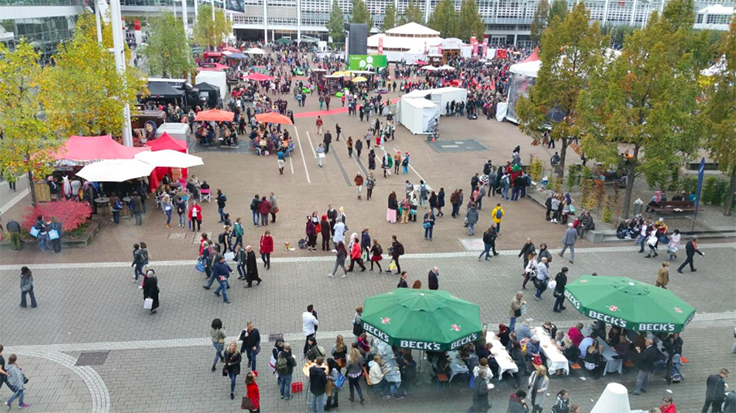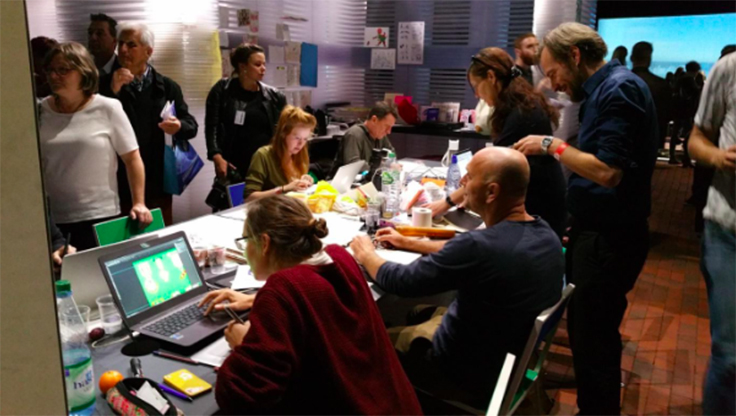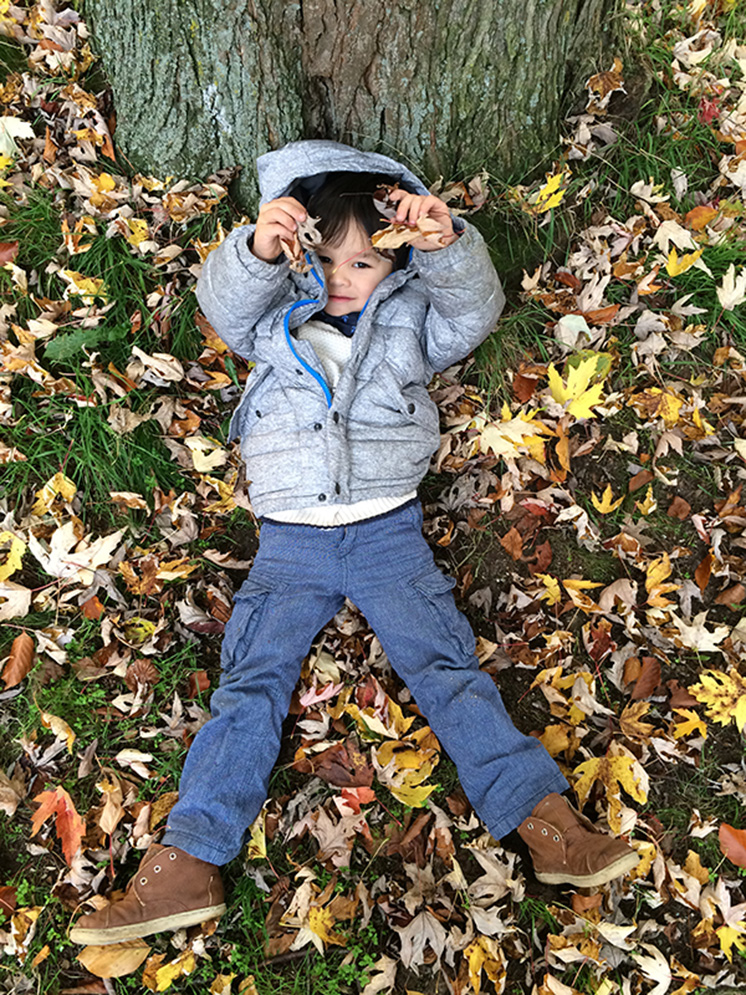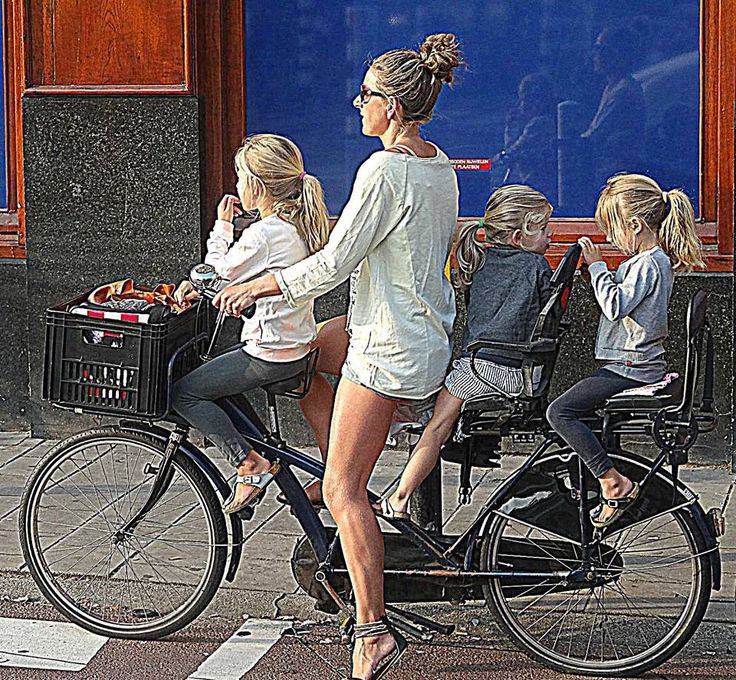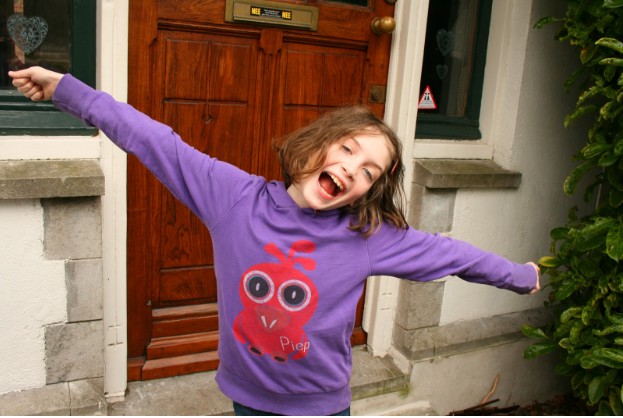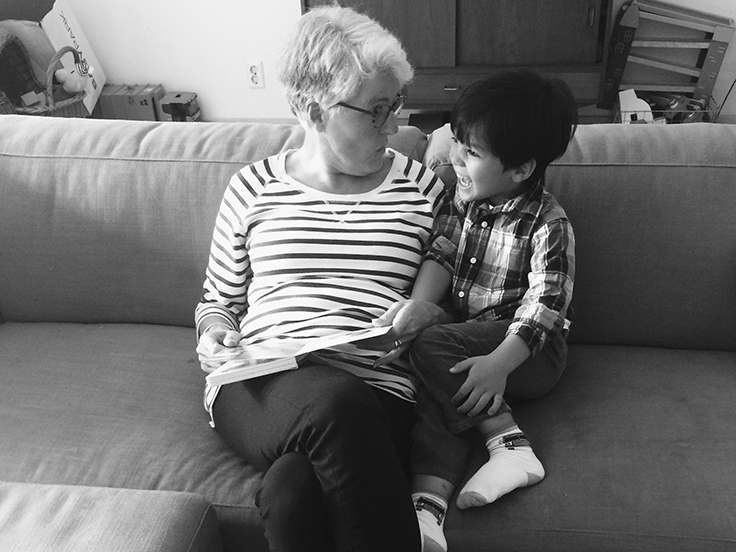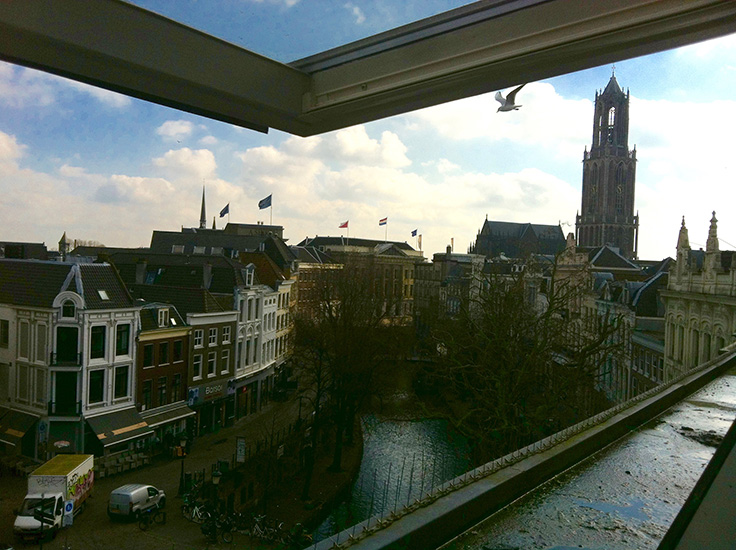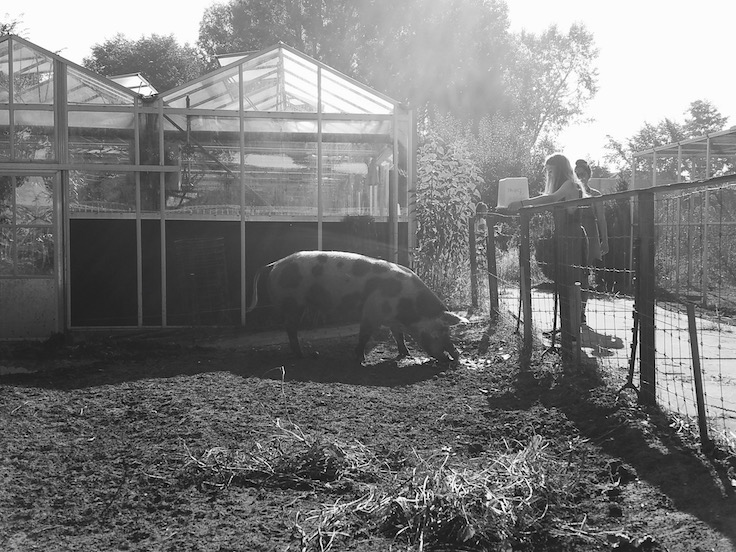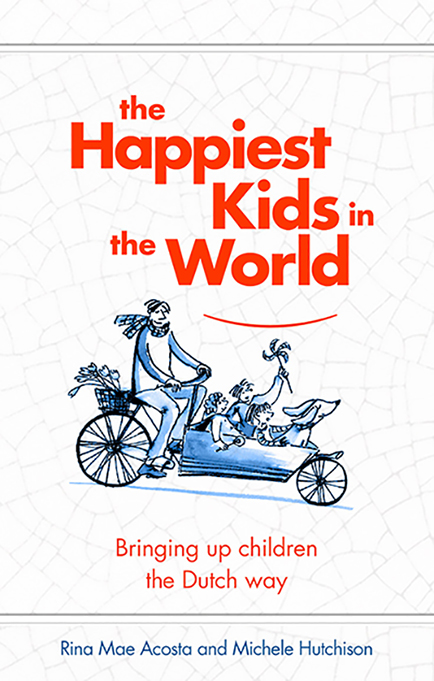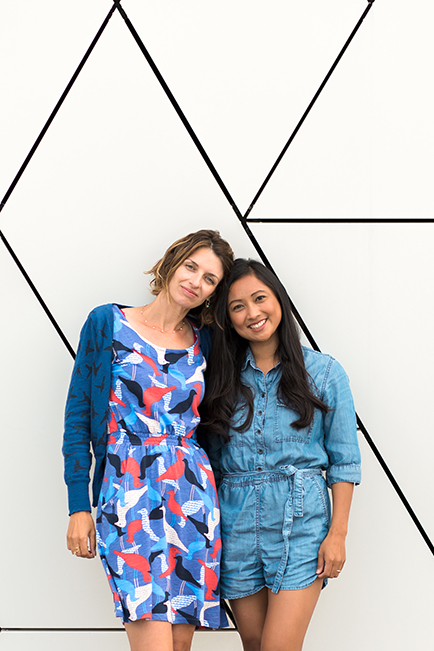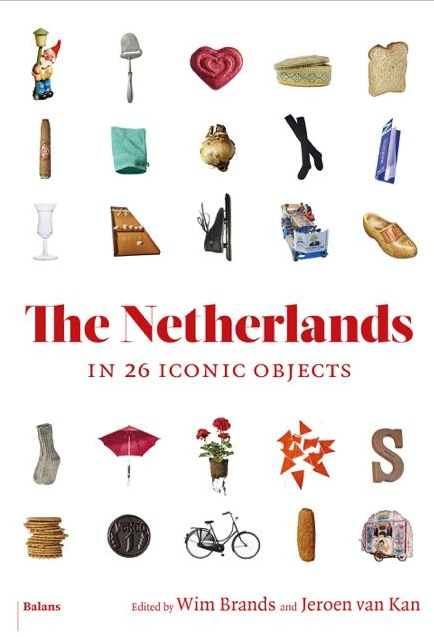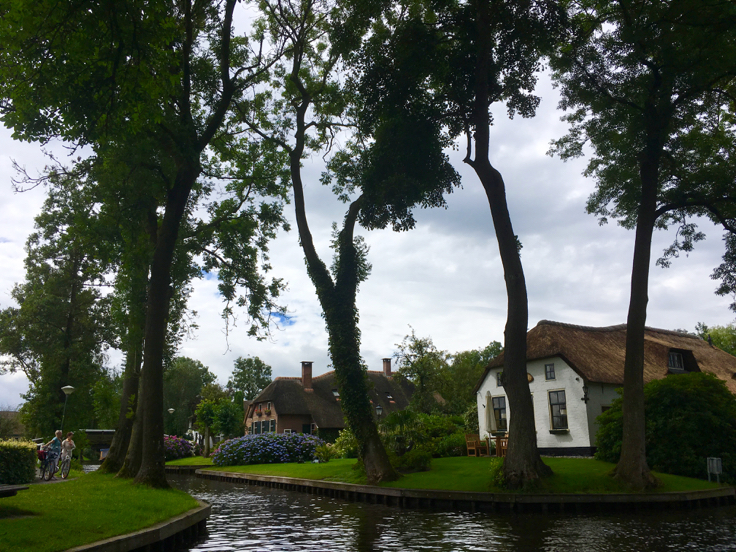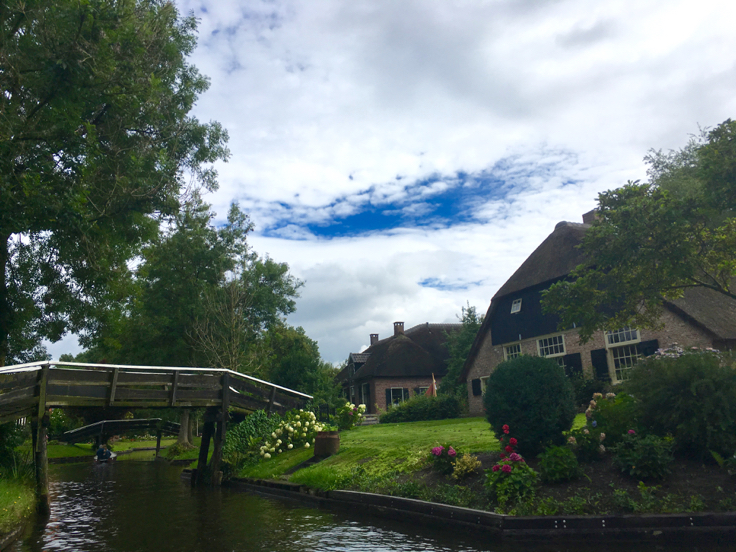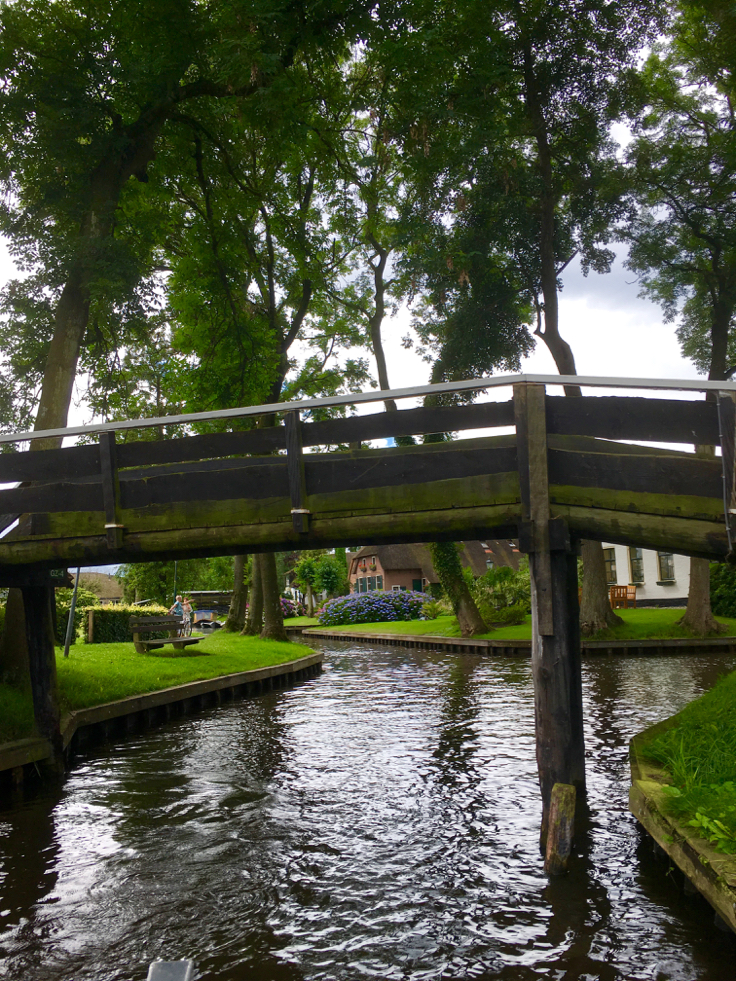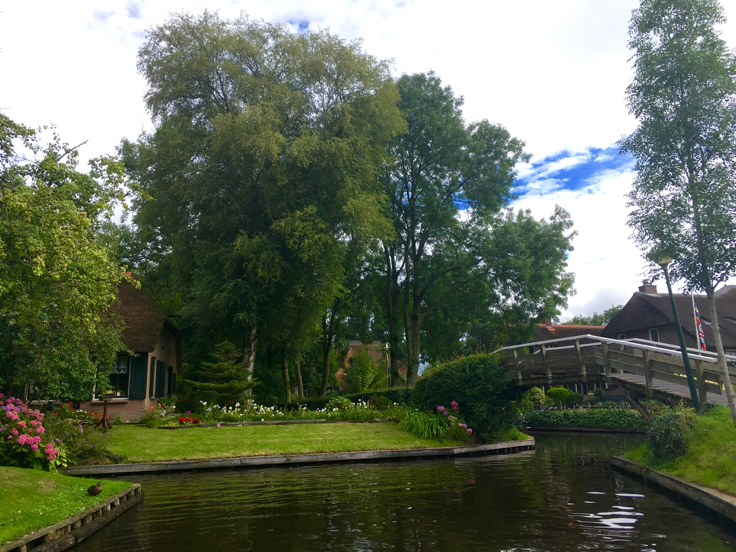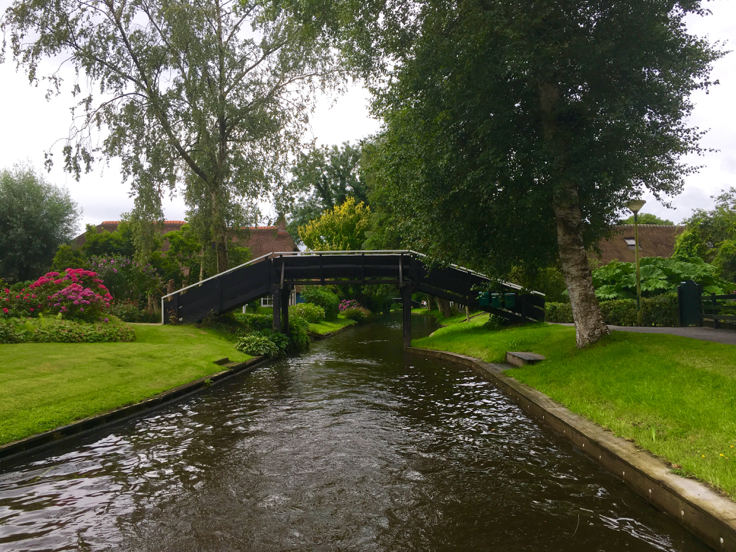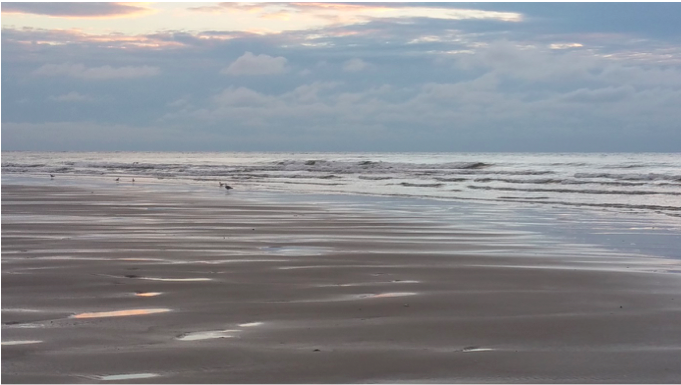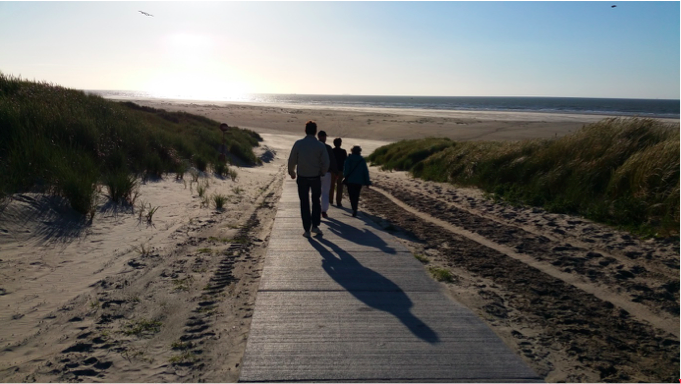One of the things that worried me from the outset when we were writing THE HAPPIEST KIDS IN THE WORLD was the need to generalize. In order to discuss Dutch parenting culture it was necessary to find things we felt the majority of Dutch parents did, even though there were obvious exceptions. You see, not all Dutch people are happy to let their kids play unsupervised outside from a young age; not all Dutch people are immune to the temptation to push their kids to get high grades. And not all Brits and Americans are helicopter parents trying to teach their coddled toddlers to read and write. There will be plenty of readers who point this out to us, I’m sure. But in order to put together an argument and create discussion, generalisation is a necessary evil. Having studied Comp Lit at university, an approach that picks out key features in national literature and then compares them with others’, comparison is now part of my intellectual make-up and I love trying to make out the big picture.
Last week I was on stage at the Frankfurt Book Fair* discussing the differences between Flemish and Dutch literature with Words Without Borders editor Susan Harris and top Flemish writer, Annelies Verbeke. This was after I’d edited a Flemish feature for the literary magazine and attempted to explain what attracted me to those Belgian-Dutch writers and why the regular Dutch were a bit more boring sometimes. Of course, Annelies Verbeke had her own perfectly valid views – Flemish literature is incredibly diverse and includes writers from many different backgrounds, as does Dutch. In fact it’s important to look at the similarities too, especially given the slogan the Dutch and Flemish had chosen to present themselves under – THIS IS WHAT WE SHARE – as joint guests of honour.
Being guest of honour at Frankfurt is a pretty big thing in terms of cultural exposure. It meant a delegation of seventy writers (several of whom I have translated or will be translating – yay!). The Dutch and Flemish were super proud since it also meant a massive increase in book translations into German in the run-up to the fair, which will open up access to other languages. There was an opening ceremony with both kings and plenty of press coverage. Holland and Flanders also had an exhibition space in which they could market their culture. They opted for a large wrap-around canvas with a projection of a seascape (the Netherlands, Belgium and Germany share the North Sea coast) and an array of deck chairs. White plastic, sound-insulating, crate-like partitions created smaller spaces which contained a book shop, a comics & graphic novels live production area and a theatre for the lively readings, interviews and performances. So the joint guests of honour presented themselves as quiet, calm, thoughtful, design-oriented, occasionally shouty and with a beating heart of graphic culture. If I’m to be allowed to generalize.
*Frankfurt, a word often on a publisher’s lips, but a difficult concept to grasp for anyone who has never been there. Each year the Messe in Frankfurt opens its doors to the world’s largest book fair and probably the oldest, since it dates back to 500 years ago when Gutenberg developed the printing press in nearby Mainz. With more than 7,000 exhibitors and around 277,000 visitors, it forms a high point in the international publishing calendar in terms of the buying and selling of foreign rights. It is particularly intriguing to writers who are not usually welcome.
** With thanks to the Frankfurt Buchmesse Business Club which invited me to attend as an Ambassador. The Business Club was a chilled out place to take meetings, listen to presentations and get lunch without long queues.

